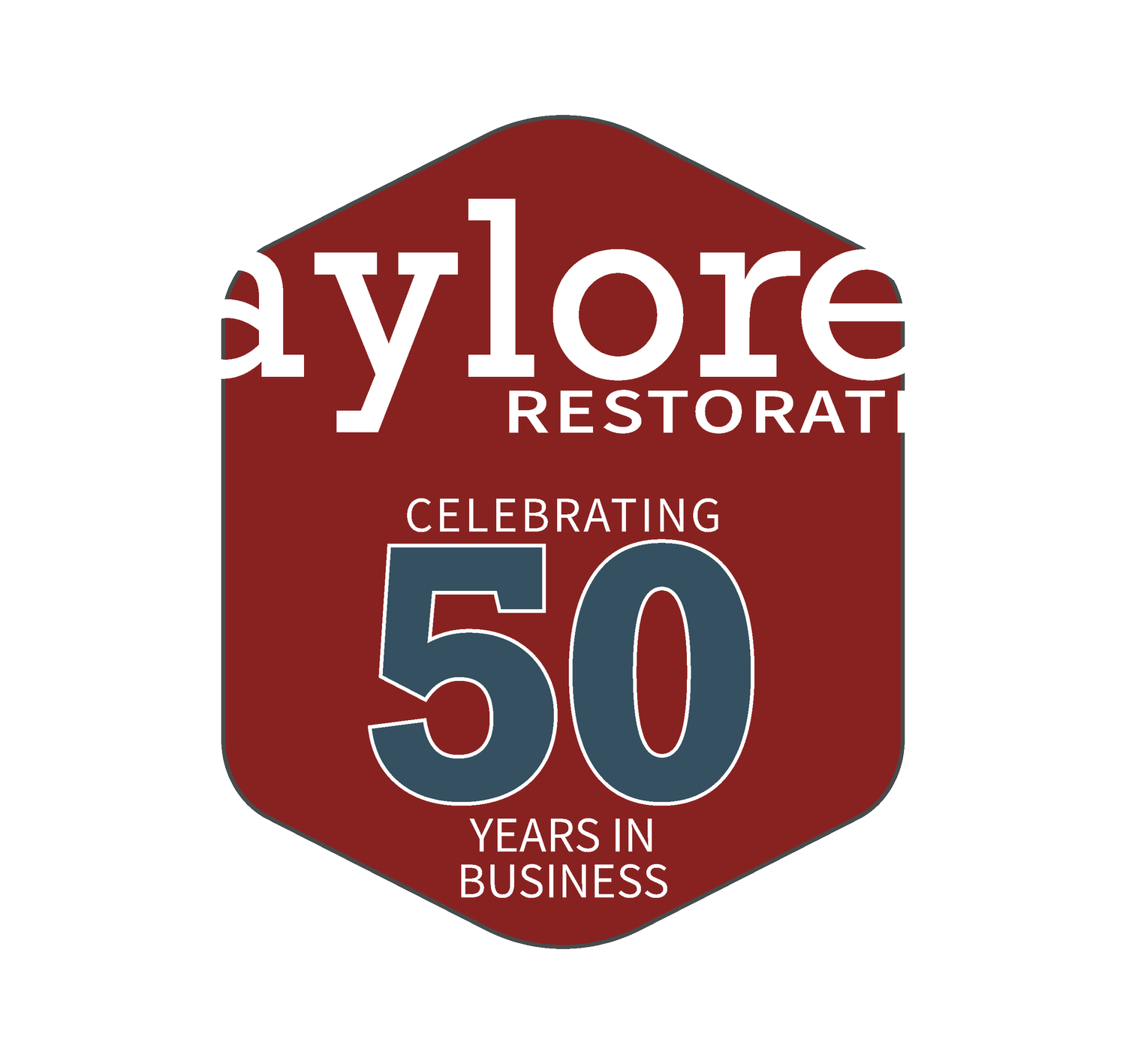Choosing the Right Insulation for Alaskan Winters
Discover the best insulation options for Alaskan winters. Learn how to keep your home warm and energy-efficient with expert tips from Taylored Restoration.
As winter descends upon Anchorage, Alaska, the importance of a well-insulated home cannot be overstated. The long, cold months demand that homeowners take steps to ensure their living spaces are warm and energy-efficient. Choosing the right insulation is one of the most effective ways to prepare for the biting temperatures and heavy snowfall that characterize our winters. Here at Taylored Restoration, we understand the unique challenges posed by our climate and are here to guide you through the various insulation options available, helping you make informed decisions that will keep your home cozy and comfortable all winter long.
The Importance of Insulation
Insulation plays a vital role in maintaining the temperature of your home. It acts as a barrier to heat flow, keeping the warmth generated by your heating systems inside while preventing the cold air from seeping in. In the Alaskan winters, effective insulation not only enhances comfort but also reduces energy costs, making your home more efficient. Proper insulation minimizes the need for constant heating, allowing you to enjoy a warm environment without the shock of skyrocketing utility bills.
Understanding Different Types of Insulation
Regarding insulation, several types are available, each with its own characteristics, benefits, and ideal applications. In the harsh climate of Alaska, choosing insulation that performs well under extreme cold conditions is essential. Here’s a look at some of the most popular options:
Fiberglass Insulation
Fiberglass insulation is one of the most common types used in homes across the United States, including Alaska. It consists of tiny glass fibers and is available in batts, rolls, or loose-fill. Fiberglass is relatively inexpensive and has a good R-value—an indication of its thermal resistance.
Fiberglass insulation can effectively resist heat loss in Alaskan winters when installed correctly. However, ensuring that it is not compressed is crucial, as this reduces its effectiveness. Proper sealing and vapor barriers are also important to prevent moisture buildup, which can lead to mold growth and damage.
Foam Board Insulation
Foam board insulation is made of rigid foam panels that provide excellent thermal resistance. It’s lightweight, easy to handle, and can be used in various applications, including walls, foundations, and roofs. The closed-cell variety is particularly effective in cold climates because it provides a high R-value per inch, offering superior insulation properties.
For homeowners in Anchorage, foam board insulation is an excellent choice for exterior walls and basements. It helps keep cold air out while maintaining warmth inside. Additionally, its moisture-resistant properties make it a strong contender against mold growth, a significant concern in wet and cold conditions.
Spray Foam Insulation
Spray foam insulation is one of the most effective insulation options available. It expands upon application, filling gaps and crevices that other types of insulation might miss. This ability to form an airtight seal makes spray foam particularly advantageous in preventing drafts and heat loss.
In Alaska, where air leaks can drastically increase heating costs, spray foam insulation is a top choice for sealing attics, crawl spaces, and walls. While it tends to be more expensive than fiberglass or foam board, the long-term energy savings can make it a wise investment. Moreover, spray foam can act as a moisture barrier, reducing the risk of mold and structural damage.
Cellulose Insulation
Cellulose insulation, made from recycled paper products, is an eco-friendly option that provides good thermal performance. It is often treated with fire retardants and can be blown into attics and walls. One of the key advantages of cellulose insulation is its ability to fill voids and gaps, making it an excellent option for retrofitting older homes.
Cellulose insulation performs well in the Alaskan climate when properly installed with air sealing and moisture control measures. However, it is essential to ensure that the installation is done correctly to avoid settling, which can reduce its effectiveness over time.
Choosing the Right Insulation for Your Home
When selecting insulation for your home, consider the following factors:
Climate and Location: In Anchorage, the harsh winters necessitate insulation that can handle extreme cold and moisture. Look for materials with high R-values that can provide effective thermal resistance.
Installation Requirements: Some insulation types require professional installation to achieve optimal performance. Spray foam and cellulose, for example, are often best installed by professionals who can ensure that they are applied correctly.
Budget: While choosing the least expensive option may be tempting, consider the long-term savings associated with energy-efficient insulation. Investing in higher-quality materials can result in lower heating bills and greater comfort.
Sustainability: If you're environmentally conscious, consider cellulose insulation or other eco-friendly options. Many manufacturers offer products made from recycled materials that contribute to sustainability without compromising performance.
Moisture Control: In a climate prone to snowmelt and potential water intrusion, ensure that your insulation choice also addresses moisture management. Proper installation with vapor barriers can prevent mold and structural damage.
The Benefits of Professional Consultation
While the information presented here serves as a solid foundation for understanding insulation options, we always recommend consulting with a professional. At Taylored Restoration, we have the expertise to assess your needs and suggest the best insulation solutions tailored to your home. Our team can help you navigate the various options, ensuring you make the best choice for your comfort and budget.
As winter approaches, choosing the proper insulation for your home is crucial for ensuring a warm and energy-efficient living environment. Whether you opt for fiberglass, foam board, spray foam, or cellulose insulation, understanding their characteristics and benefits will help you make an informed decision. Don’t hesitate to contact Taylored Restoration for expert advice and assistance preparing your home for the long Alaskan winter. Together, we can help you create a cozy haven that keeps the cold at bay.

